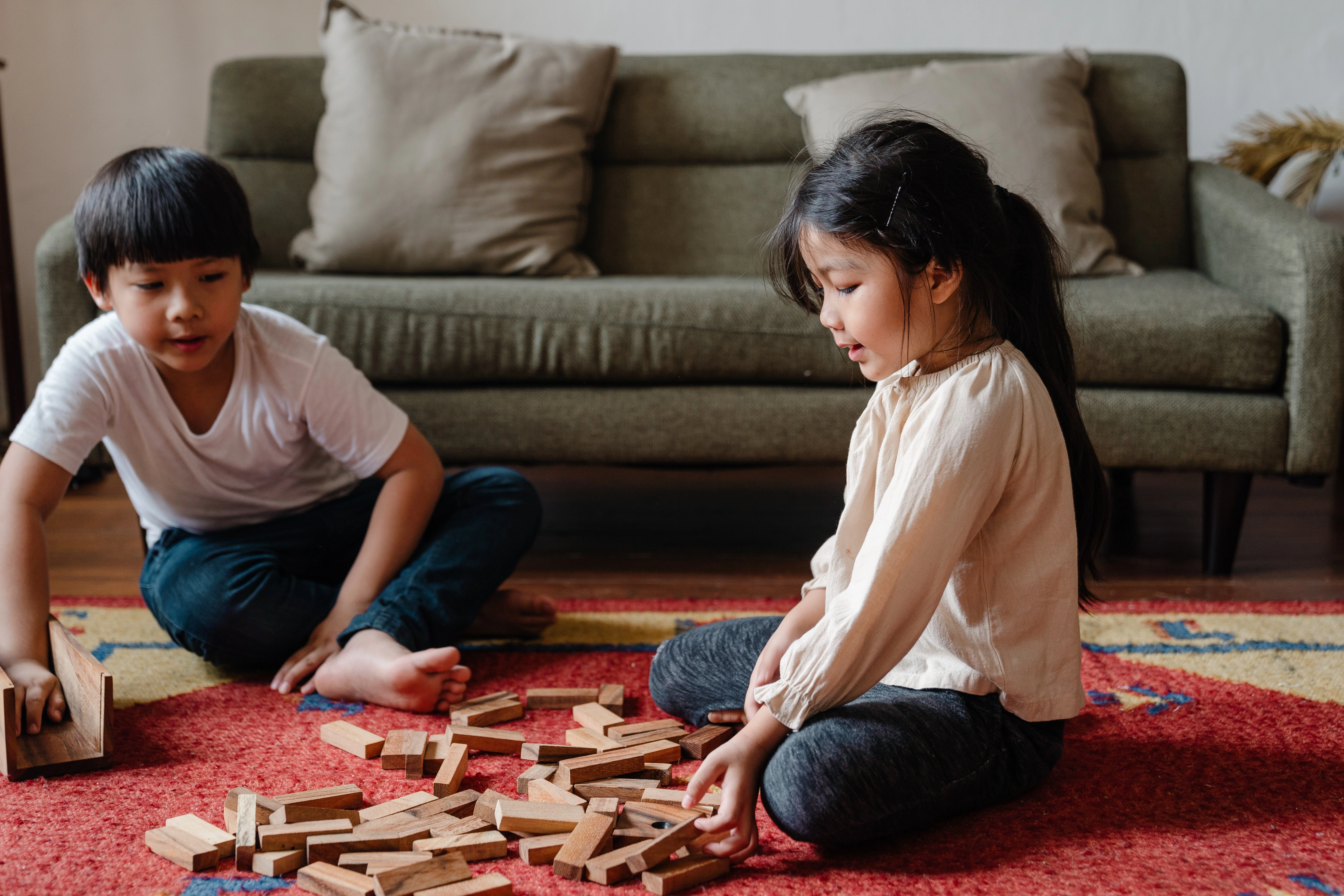Childhood is an essential period in life since it is linked to various physical and cognitive changes. Unlike traditional families, the modern lifestyle has resulted in many children neglecting physical activities and sending most of their time indoors watching or watching video games. This has resulted in most of them not being exposed to activities that can help them grow physically and mentally (Bidzan-Bluma & Lipowska, 2018). Late childhood is a period that begins at around six years and ends at around 12 years when adolescence starts knocking. With the emergence of puberty, children in their late childhood experience changes in their physical and cognitive aspects. For example, they begin making meaning out of the abstract concepts they interact with (Bidzan-Bluma & Lipowska, 2018). Additionally, they start getting newer understandings of their environment and everything surrounding them. Parents, therefore, need to institute measures that can help their children grow both physically and cognitively as they approach this period.
Boys and girls in late childhood experience distinct changes in their growth patterns. Although both of them may experience slow but steady growth, boys tend to be muscular and taller, while girls may start experiencing secondary growth characteristics that will only emerge after adolescence starts (Hulteen et al., 2018). When comparing this period to infancy and childhood, where there was rapid growth, this stage is often characterized by slow, steady but uniform growth. Physical development during the late childhood period may be a bit exciting and confusing for girls. For instance, an 11 or 12 years girl may have a hard time understanding why a fellow nine-year-old has a protruding chest while on her side; she does not have any signs (Hulteen et al., 2018). As a result, girls need to be educated at this stage about some of the changes that they may experience to avoid this type of confusion.
Cognitive development is a vital aspect in late childhood. This period is marked by rapid growth in the child’s mental capacity. Most children during this stage acquire new interests in their studies. Additionally, children at this stage struggle with building their identity; as a result, they tend to try out new ideas, discuss with their peers different abstract concepts, and this contributes further to their mental development (Hulteen et al., 2018). Jean Piaget notes that late childhood is a period that is marked by concrete operations. As a result, when a child nears the end of this stage, they begin developing the principle of conservation. Lastly, geocentricism during late childhood is also diluted, and children begin communicating with others while making comparisons with their peer’s points of view. Through these comparisons, a child can decide on what is right or wrong (Barrouillet, 2015). All these aspects can be used to measure a child’s cognitive development. When a child moves to adolescence and cannot compare opinions and make decisions independently, it will suggest that their cognitive development did not occur effectively during the late childhood period.
According to a study conducted by Bidzan-Bluma & Lipowska, (2018) late childhood is an essential period in a child’s life since it serves as a bridge to adolescence. Physical activity during late childhood helps children to develop physically and mentally, especially in operational memory. Through play or sporting activities, children encounter challenges that will require them to use their mental skills Bidzan-Bluma & Lipowska, (2018). However, children who stay indoors watching or playing video games will not interact with challenging aspects that may effectively develop their cognitive skills. Physical activity during late childhood also helps children to develop abstract thinking skills, conceptualizing and understanding the cause and effect of different issues in life. Non-organized sporting activities are among the games that can help children develop effectively during this period (Bidzan-Bluma & Lipowska, 2018).
In conclusion, the late childhood period is marked by various changes, especially in matters dealing with the physical and cognitive aspects. Since this period is marked by several changes, such as boys becoming taller and stronger while girls experience secondary growth characteristics, parents or guardians need to create a conducive environment that will help them fully develop physically and mentally.








